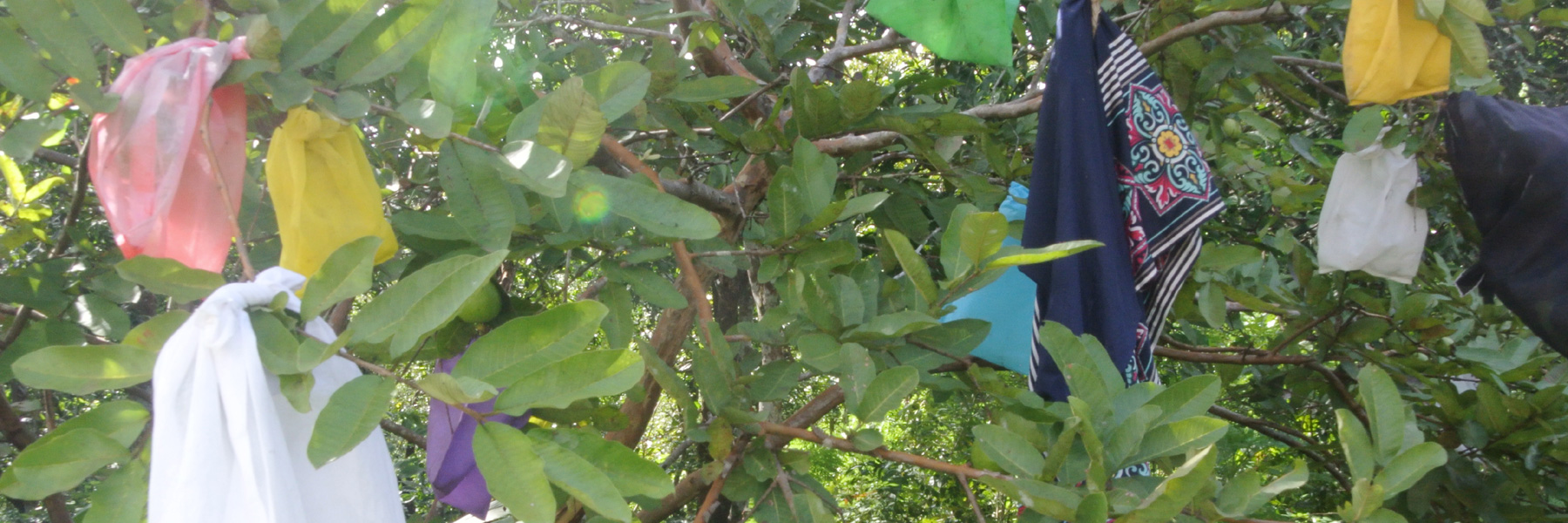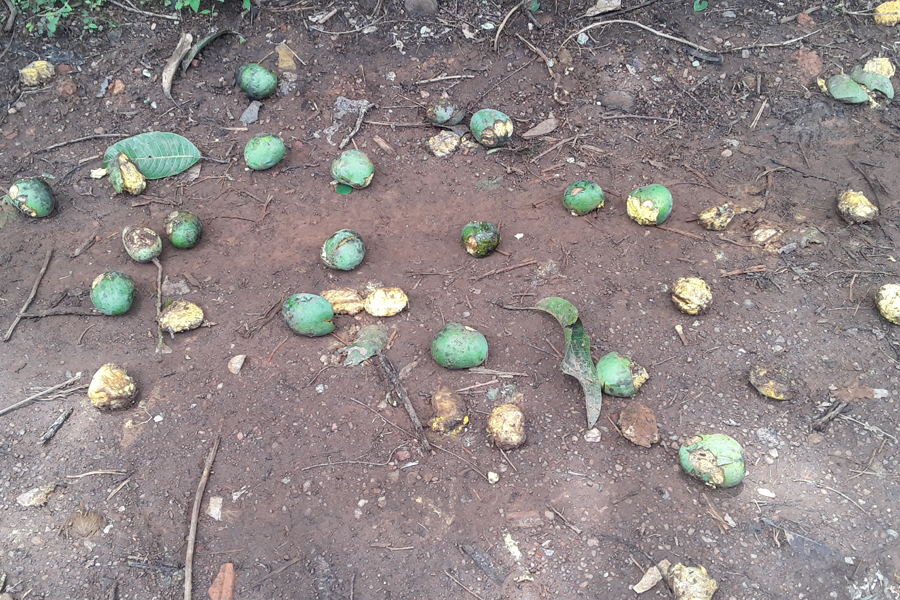



Farmers all over the world are afflicted by many issues and the problems faced by farmers are typically unnoticed. These problems directly and indirectly affect the farmer’s life. Also, increases the complexity and unpredictability in farming.
One of the major threats to crops is by wildlife. With climate change and human encroachment on wildlife habitats leading to shrinking food supplies, animals are increasingly raiding farms in search of food. Apart from eating crops, the wild animals, also damage the plants and trees.
Monkeys are one of the most problematic wildlife animals. There has been a steep increase in the population of monkeys at an alarming rate. Monkeys like wide range of food and they cause substantial losses to the fruit and vegetable crops.
It is not that one or two monkeys eat one or two fruits and go. They raid the crops in troops. They pluck everything they see, bite all of them and eat one, sometimes none if they do not like the taste, and through off the rest. It is very difficult to shoo away group of 30-40 monkeys. Moreover, monkeys are no more scared of humans. Also, they can eat many things which humans cannot. So it is necessary to protect our food.

Monkeys have got used to almost all the human tricks to repel them. They do not run away from barking dogs. They just sit at the top of a tree and stare at the restlessly barking dogs, knowing that dogs cannot climb a tree. They hardly move an inch to shrill sound or smoke. Fire crackers do not scare them anymore. (Moreover, crackers cause both air and sound pollution and better not to use them unless absolutely necessary.) Spraying pepper or ash on crops will not work for a long time. These sprays wash away when it rains or when we water a plant.
A monkey leader surveys the surroundings for food, sitting at the top of the tallest tree, and takes the troop where the food is available. So I thought of hiding crops from them. I collected few muslin cloth bags, placed each fruit and vegetable inside the bag and tied the bag to the tree / plant branch.
While doing so we need to keep note of the following:
This method worked so far for many fruits and vegetables, coconut, banana, and jackfruit. This method is also helpful in protecting crops from Kyasala (Indian giant squirrel), and even birds. However, we need to keep track of a timeline to pick them and check on them occasionally for ripeness.
This may not work out for large scale commercial crops. But we can save 80% to 85% of the fruits, nuts, and vegetables grown for domestic purpose. It is beneficial even if we save 70%, as this not only saves our money but also our health with chemical free homegrown food, until the monkeys find out what is inside the bags!
